
Cultural institutions are responding to pandemic closures by going online
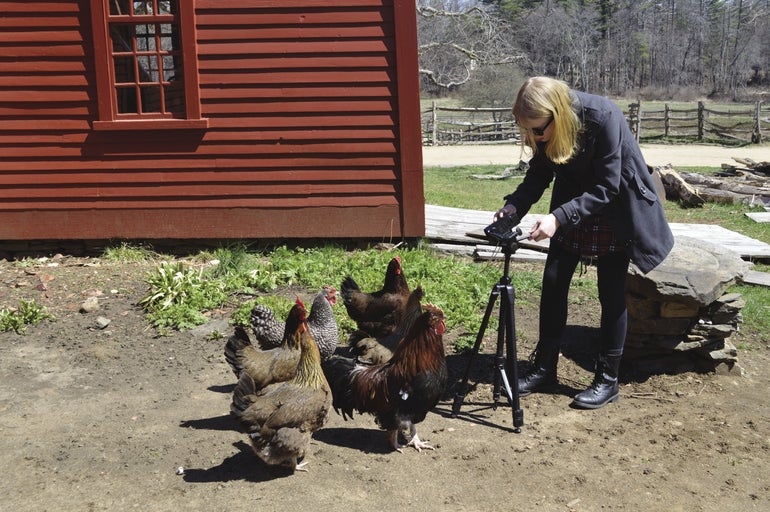 Photo | Courtesy of Old Sturbridge Village
Maryann Gubala prepares to take video of chickens at Old Sturbridge Village.
Photo | Courtesy of Old Sturbridge Village
Maryann Gubala prepares to take video of chickens at Old Sturbridge Village.
Old Sturbridge Village is normally populated with people living perpetually in the 1830s, including that era’s technology and dress.
Today though, those residents – and the interpreters who play them – are combining the 19th century with the 21st in order to continue interacting with people who might otherwise be visiting if not for the coronavirus pandemic and the closures forced to follow.
Anyone with internet access can find the same 1830s lessons on baking a pie, churning butter, playing a centuries-old board game, or preparing the garden for the spring growing season.
“They’re spending their days as if it’s the 1830s. Picking up an iPhone and filming yourself is getting out of your comfort zone for many of them,” said Christine Tieri, the chief marketing officer at Old Sturbridge Village.
Quickly picking up on technology has become a necessary skill these days for museums more accustomed to bringing in crowds to see artwork, watch and hear animals in their habitats, or experience first-hand the wonders of science.
The EcoTarium in Worcester has set up a virtual tour thanks to a company that donated its services. The Fitchburg Art Museum has posted tutorials on making art from home, when before much of its online presence was strictly informational. The team at the Discovery Museum in Acton normally traveling around to area schools instead has online guides for math tricks, nature scavenger hunts or simple engineering lessons kids can do at home.

An abrupt shift
The spring is normally when area museums would be welcoming in school field trips and other visitors. Instead, what are often fairly small staffs have had to figure out how best to make use of what’s around them.
The transition has been easier in some areas than others.
The Worcester Art Museum, for example, happened to catalogue nearly all of its 38,000 works a few years ago, allowing visitors to easily search by keyword and to browse through the same artist and work descriptions they’d come across in a gallery. Normally, only about 5% of the museum’s collection is on display at a given time.
“A lot of them are works on paper that people have never seen before,” museum director Matthias Waschek said of the online database.
Still, there are some challenges. About 40% of the museum’s member households are over 65 and less likely to turn to social media. With that in mind, the museum has been sure to post regular emailed newsletters as well as its more often posts to Facebook, Twitter and Instagram.
“We became a digital organization overnight,” said Julieane Frost, the museum’s senior marketing manager.
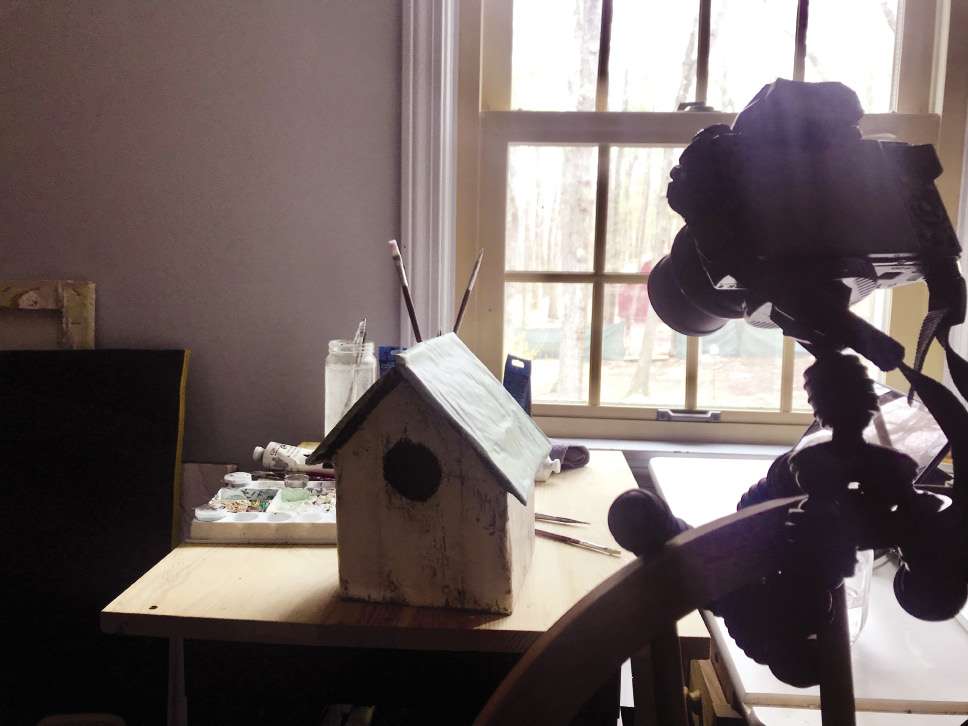
Waschek considered whether an ability to view artwork at home may lead to longer-term existential questions for museums. But he thought back to the introduction of photography and thoughts at the time it would spell the end of original artwork. It didn’t, he said.
Being able to view art from one’s own living room or bedroom can give a different perspective and greater sense of intimacy, Waschek said.
Museums have spent much of their new online efforts not just showing their works but bringing their services to people’s homes.
The Discovery Museum doubled its exhibit space in a major expansion just over two years ago. It wasn’t as focused on web technology before.
“Our emphasis forever has been direct interaction with real stuff and real people,” said Neil Gordon, the CEO of the Discovery Museum. “It’s been a process of how best to deliver that to folks.”
The museum normally teaches kids and other visitors about light and water and other aspects of science through sensory experiences. Since that can’t take place in person, the museum has posted a few dozen tip sheets for how to do easy experiments at home.
“We had an early recognition that that was the way to go,” Gordon said. With 10 teachers on staff who normally conduct traveling workshops at area schools, “that’s the kind of stuff we’ve been doing for years,” he added.
Elsewhere, the Museum of Russian Icons in Clinton hosted a religious history webinar in April. An exhibit on the Cold War planned to run March 20 to May 6 has been postponed to the fall.
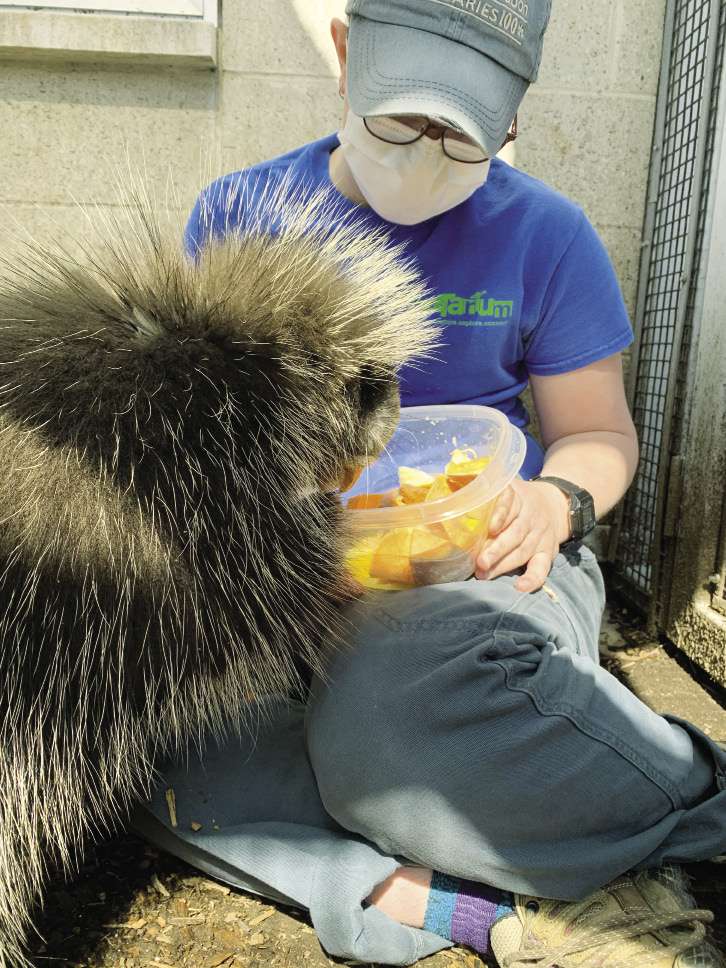
The EcoTarium normally has animal habitats to show off and a planetarium to help visitors explore far-away worlds, and it typically brings in 25,000 students a year on field trips.
The museum has been spending recent weeks finding the best way to interact with would-be visitors remotely.
“A lot of it has been about having our staff working to think differently about how we fulfill our mission,” said Lucy Hale, the EcoTarium’s president and CEO.
Budgetary limitations
The expected financial hit to museums in general is potentially so great that in mid-April, the Association of Art Museum Directors gave implicit permission for museums to sell artwork to help make ends meet – something normally severely frowned upon in the art world.
The association said it would temporarily refrain from censuring or sanctioning any museum using restricted endowment funds or donations for general operating expenses. Museums may temporarily use proceeds from selling art to pay for expenses associated with caring for their collection.
So far, Central Massachusetts museums, aided by the federal $669-billion Paycheck Protection Program forgivable loan program for small businesses and nonprofits, haven’t been forced to take such drastic measures. But cultural institutions are still being affected.
The Mass Cultural Council reported in mid-April institutions lost more than $264 million in revenue since the pandemic began, with more than half of nearly 700 organizations indicating layoffs, furloughs or similar steps.
The Discovery Museum instituted some furloughs and pay cuts until it received its PPP loan. Old Sturbridge Village held off on furloughs until Gov. Charlie Baker extended the closure of non-essential businesses until May 18. Most of the museum’s more than 200 employees are temporarily out of work.
“Until then, we held out hope that we wouldn’t have to,” said Tieri.
Old Sturbridge Village has to keep farmers on staff though, a unique situation with live animals also applying to the EcoTarium. In the EcoTarium’s case, staff working with cat species and otters wear masks and other protective equipment because those animals are believed to be susceptible to the virus.
Small budgets have still limited museums nonetheless.

The Fitchburg Art Museum’s small staff was previously able to only use the internet for more bare-bones purposes, like posting operating hours.
“It’s new to us, and I think it was new to a lot of museums,” Museum Director Nick Capasso said.
Local museums say they’re somewhat buffered by tending to rely less on ticket and event revenue than their larger counterparts, like the Museum of Fine Arts in Boston, which has instituted layoffs and other measures.
The EcoTarium has had some voluntary reductions, but its PPP loan and a fundraising campaign are otherwise expected to help it through a few months. Hale, the head of the EcoTarium, and her counterparts are already looking ahead to eventually reopening.
“It’s really important that our industry survive in whatever way it looks and we get creative in whatever way we serve our population,” she said.
With acres of outdoor space, the Discovery Museum and Old Sturbridge Village are hopeful they can open sooner for some amenities. But Gordon, the head of the Discovery Museum, isn’t sure what a post-pandemic opening will be like, exactly.
“The real challenge of planning all of this is the degree of complexity of the situation,” Gordon said. “There are so many variables.”







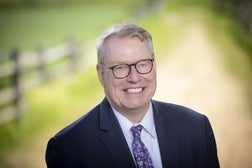

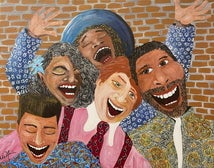



0 Comments